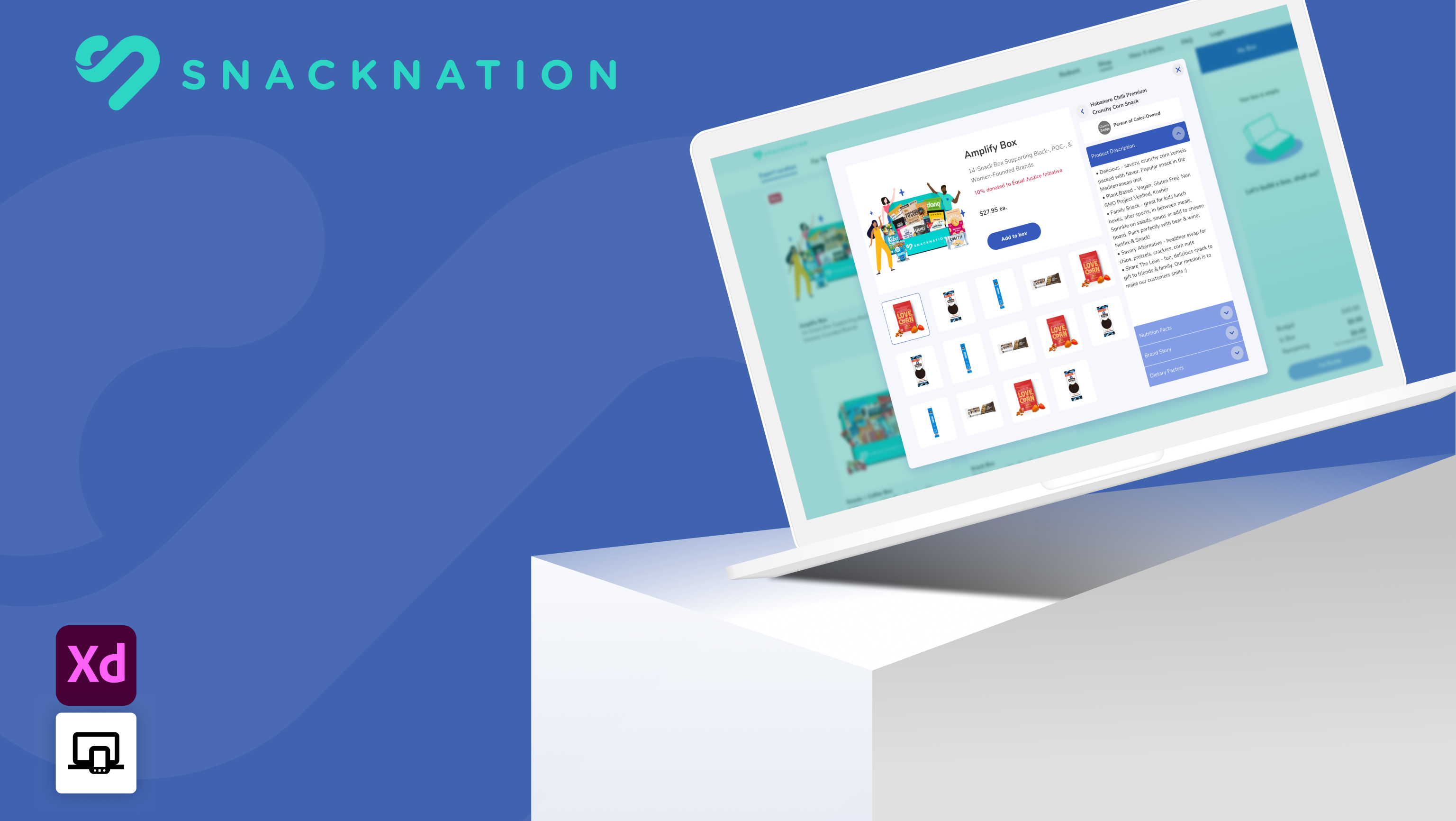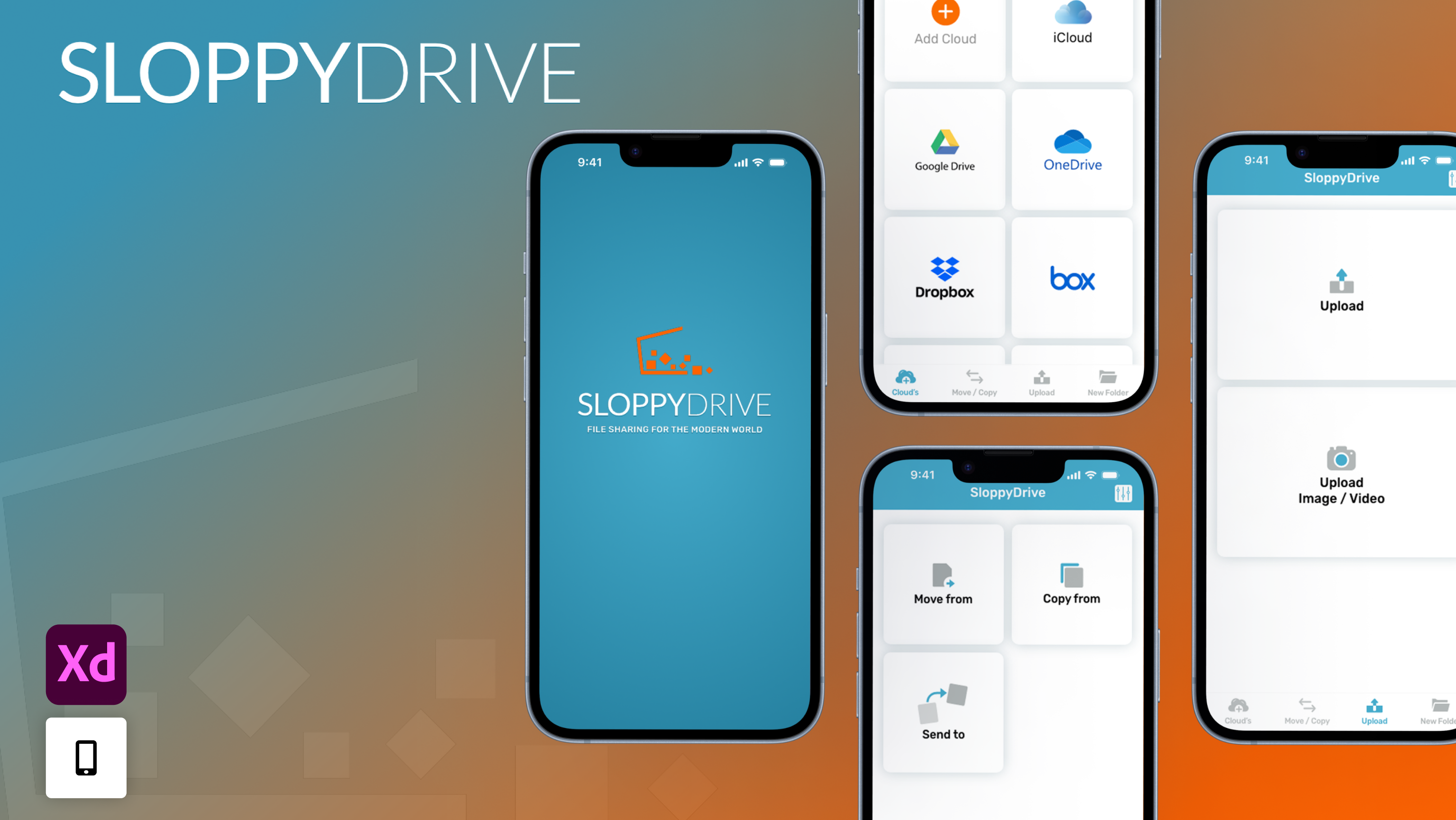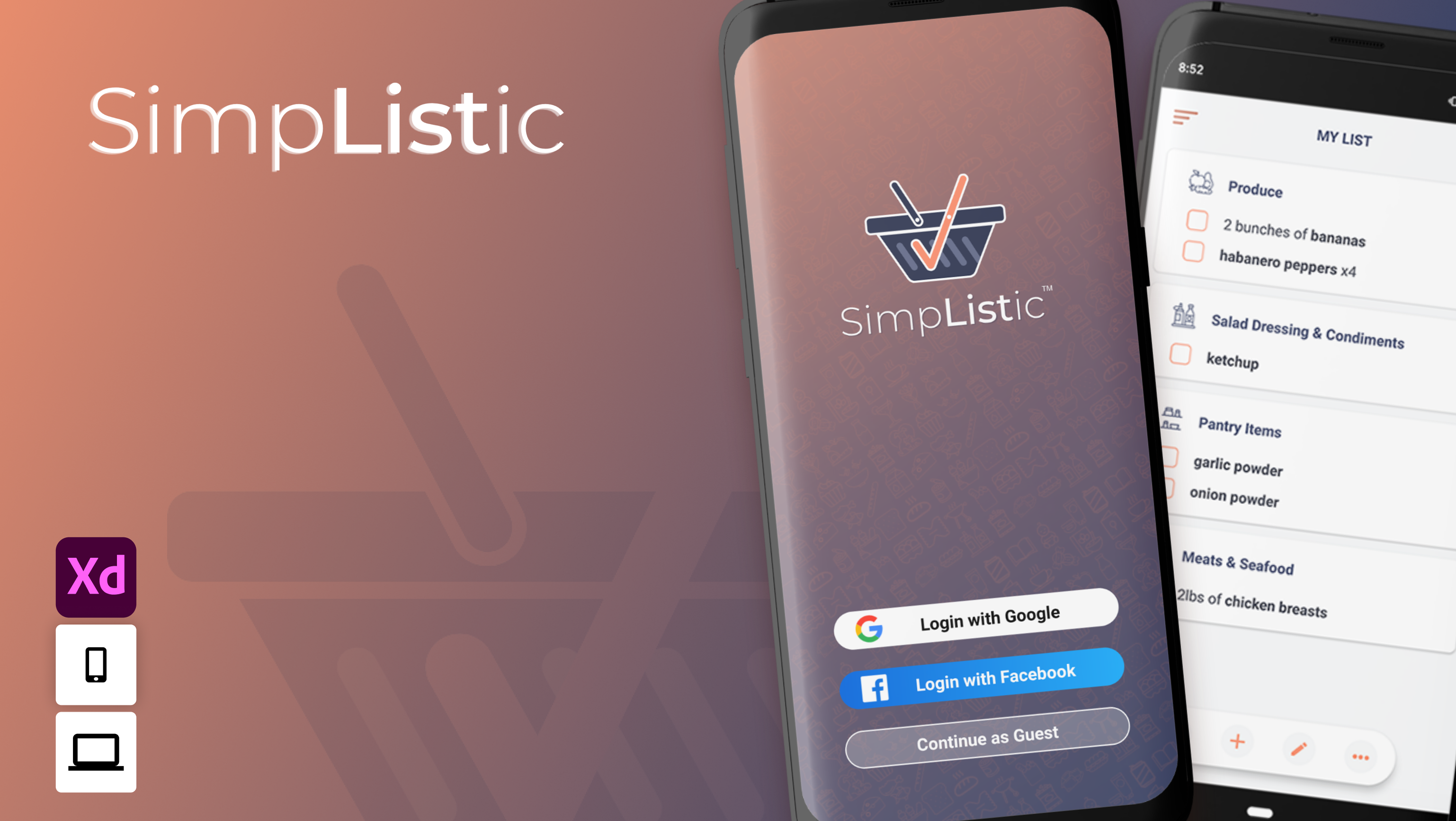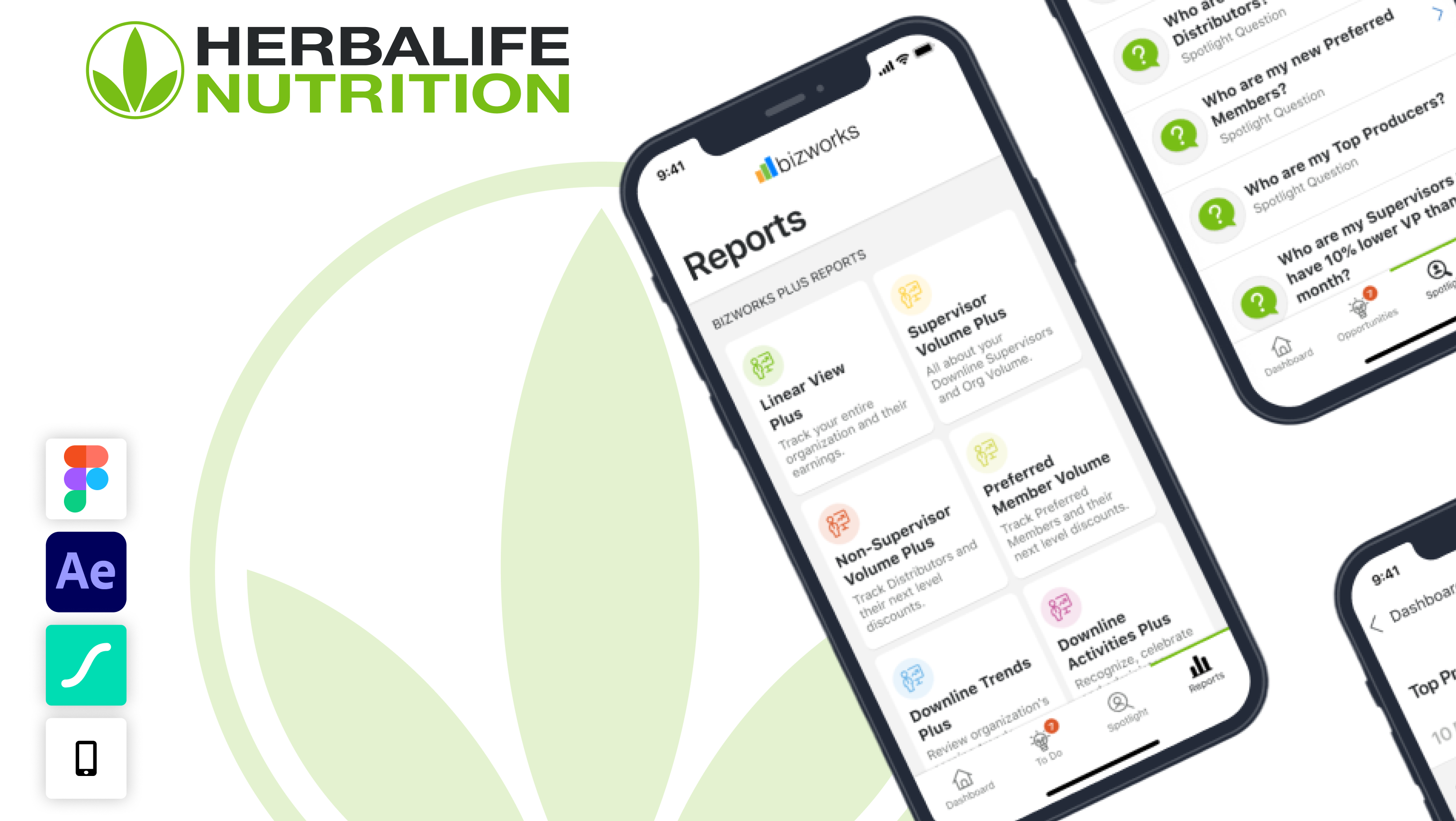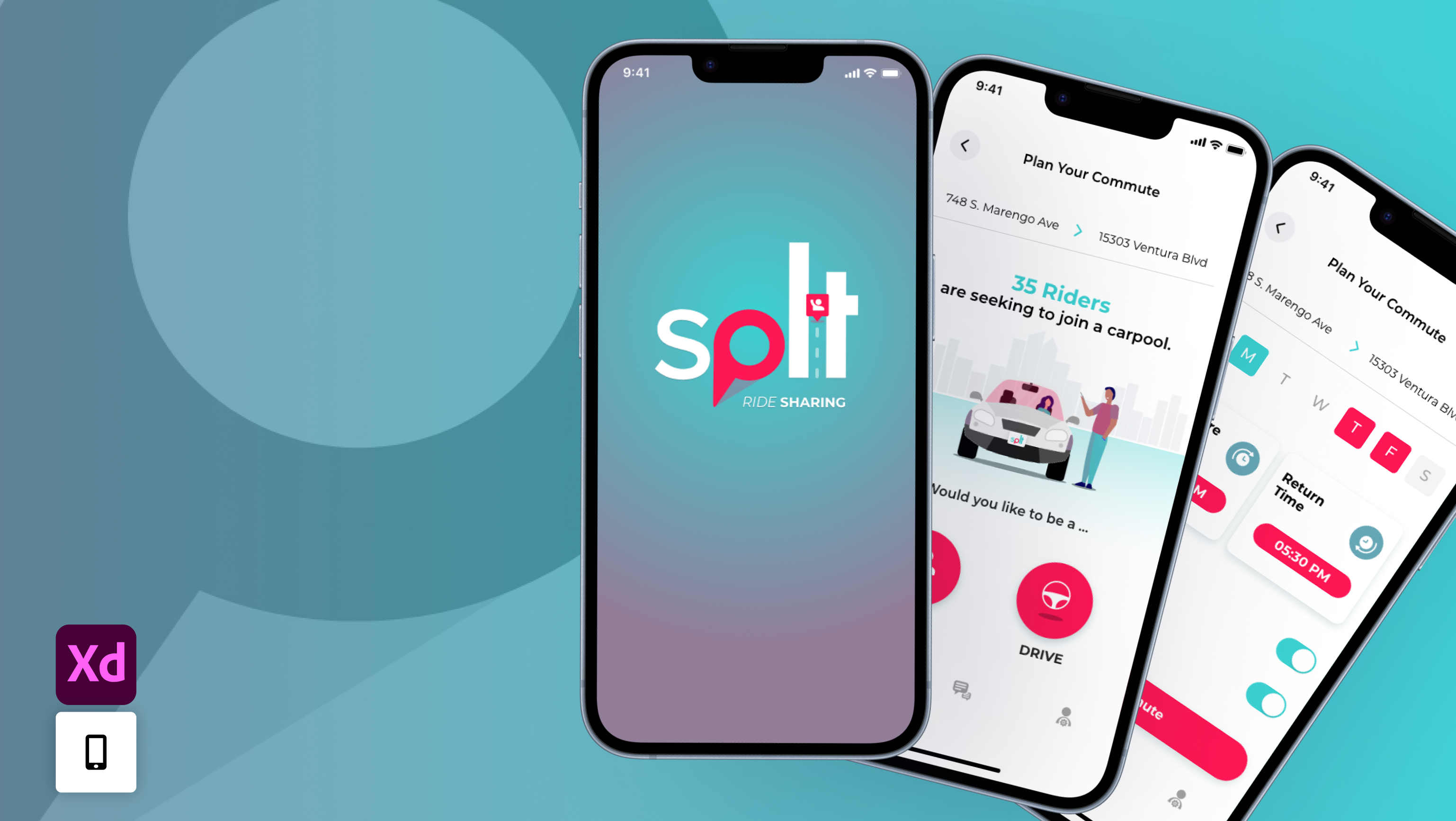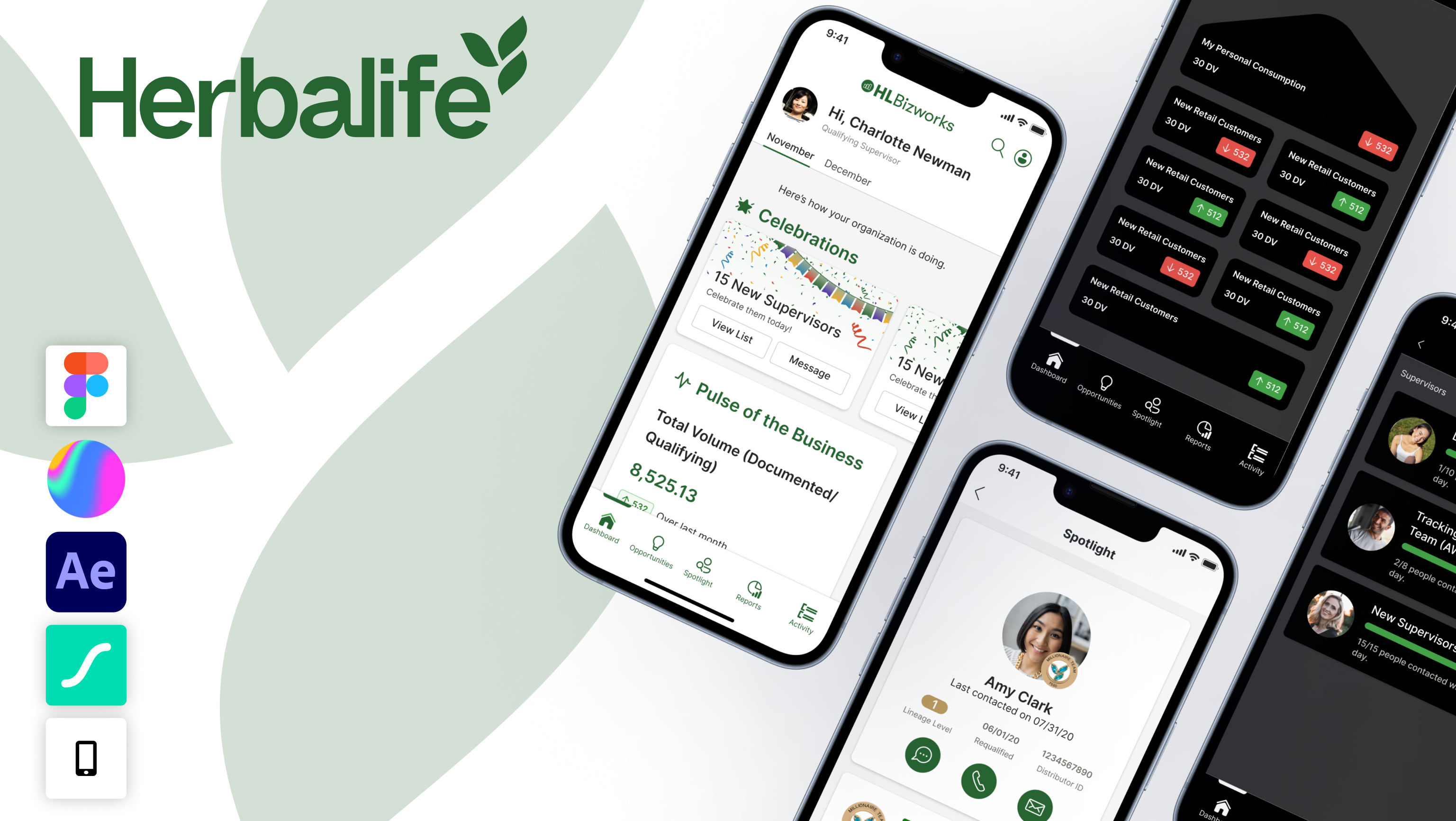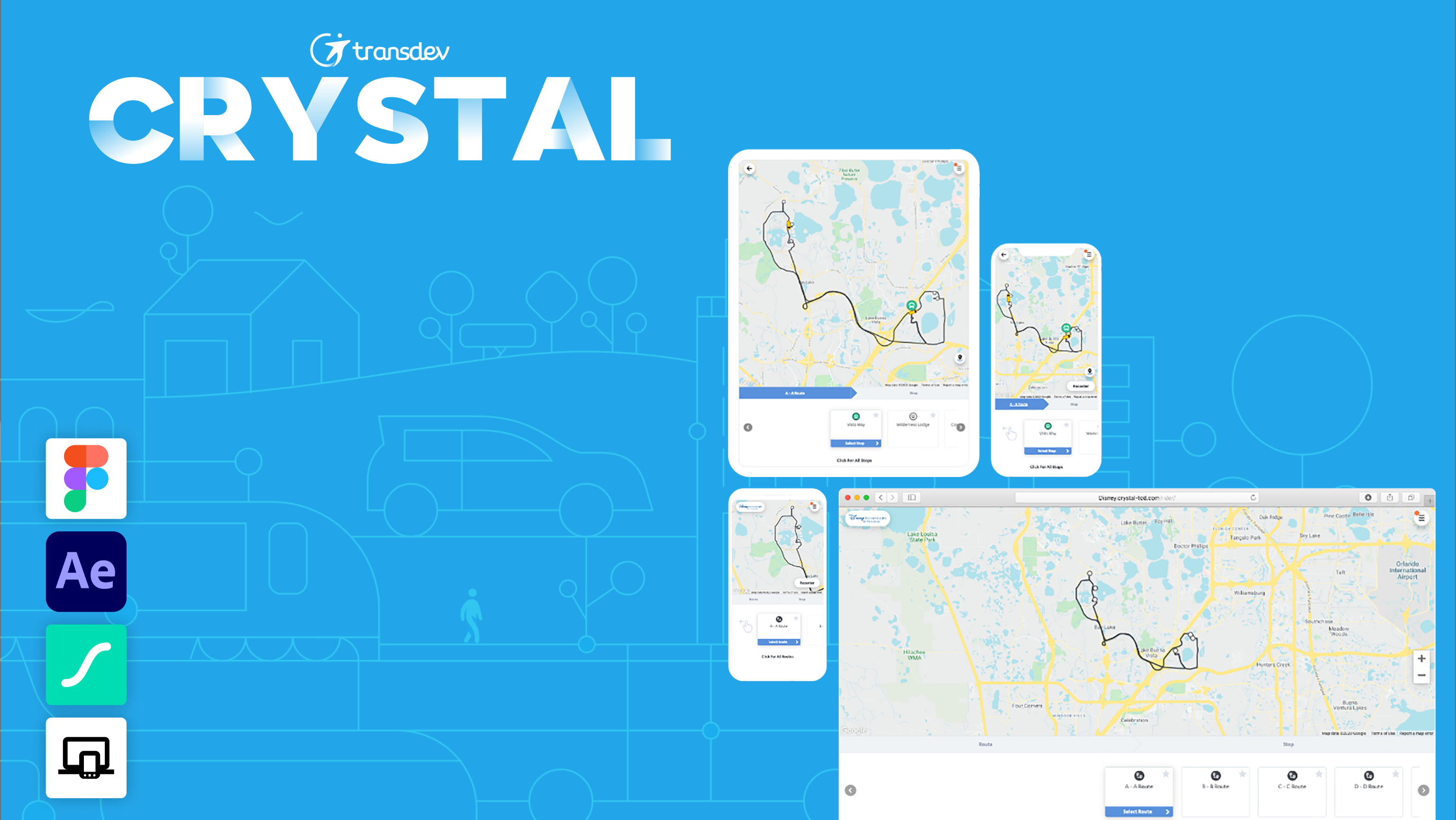Case Study: Empowering Independent Sellers with a Personalized Online Market
Situation
Business owners who sell goods and services on popular online marketplaces face two major challenges:
• High and multiple fees, which significantly cut into their profits.
• Confusing and impersonal customer service, which leaves sellers feeling unsupported and customers feeling disconnected.
• Confusing and impersonal customer service, which leaves sellers feeling unsupported and customers feeling disconnected.
Sellers needed an alternative that would give them more control, better communication with their customers, and predictable, affordable costs.
Task
The mission was clear:
• Reduce seller costs by offering a simple, affordable monthly subscription instead of variable fees.
• Enable direct 1-to-1 interaction between sellers and buyers, enhancing trust and customer satisfaction.
• Allow sellers to build their own customizable storefronts, giving them control over their brand presence and improving the buyer experience.
• Reduce seller costs by offering a simple, affordable monthly subscription instead of variable fees.
• Enable direct 1-to-1 interaction between sellers and buyers, enhancing trust and customer satisfaction.
• Allow sellers to build their own customizable storefronts, giving them control over their brand presence and improving the buyer experience.
Action
To meet these goals, the following actions were taken
1. Developed a CMS for Sellers
• A user-friendly Content Management System (CMS) was created, allowing sellers to easily set up and manage their storefronts without technical skills.
• The CMS included customizable templates, branding options, and product management features.
Setting Up the Prototype
Creating Design System and Components
Tool Tip Tour (prototype)
Selecting Layout (prototype)
2. Built an Online Marketplace with Multiple Sellers
• An integrated platform was developed where multiple independent sellers could host their stores under one umbrella, giving buyers a broad yet curated shopping experience.
www.mythingpage.com/sellers
www.mythingpage.com/sellers
3. Enhanced Buyer-Seller Interaction
• 1:1 Direct Chat: Implemented a direct messaging system to allow real-time, personal communication between buyers and sellers.
• Custom Packaging Plans: Sellers could offer personalized multi-item packages, enhancing value for buyers and increasing cart size.
• Pages were designed to emphasize the story behind the seller and their products, building trust and loyalty with buyers.
• Pages were designed to emphasize the story behind the seller and their products, building trust and loyalty with buyers.
UI Layout - Stripe Payment set up
Adding custom Stripe layout to Design System
Email Redesign
Three email templates were redesigned to reflect the latest design system and updated color scheme. While maintaining visual consistency, each layout was tailored to address the specific needs of distinct user groups: Sellers, Buyers, and Order Received notifications. This approach ensured a clear information hierarchy and a personalized user experience across all communications.
Three email templates were redesigned to reflect the latest design system and updated color scheme. While maintaining visual consistency, each layout was tailored to address the specific needs of distinct user groups: Sellers, Buyers, and Order Received notifications. This approach ensured a clear information hierarchy and a personalized user experience across all communications.
Old Email Layout
Establishing Email Hierarchy
Final 3 Options of Email Layout
Adding custom Email components to Design System
User Research Result
• User Testing was conducted with 50 participants across different seller and buyer profiles.
• The platform achieved a 55% conversation rate, meaning over half of users who visited a seller’s page engaged either by starting a chat or purchasing a product.
• Sellers reported feeling more empowered and supported, while buyers appreciated the personalized and direct communication.


